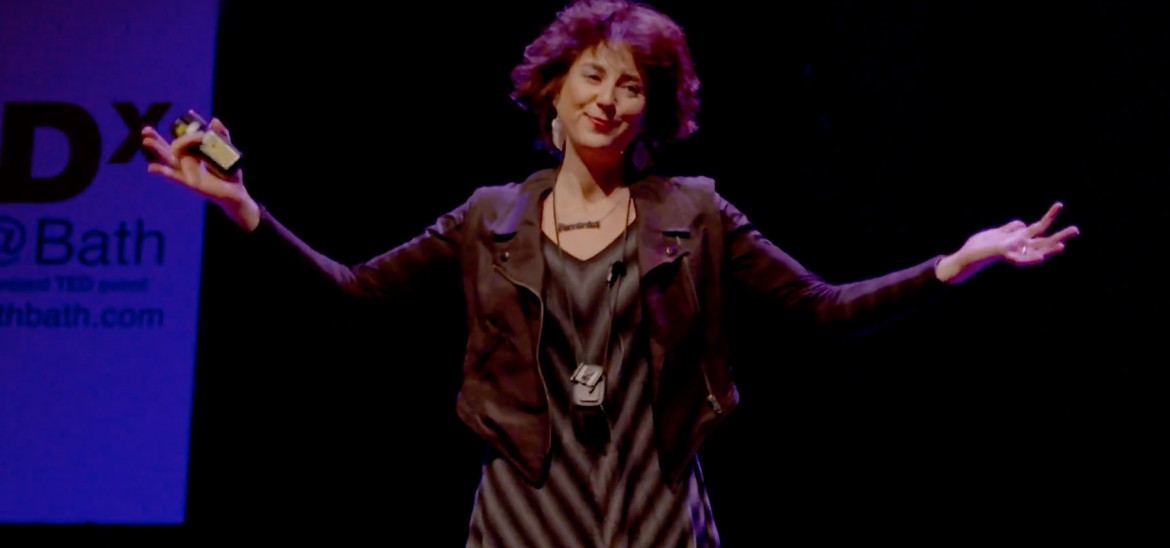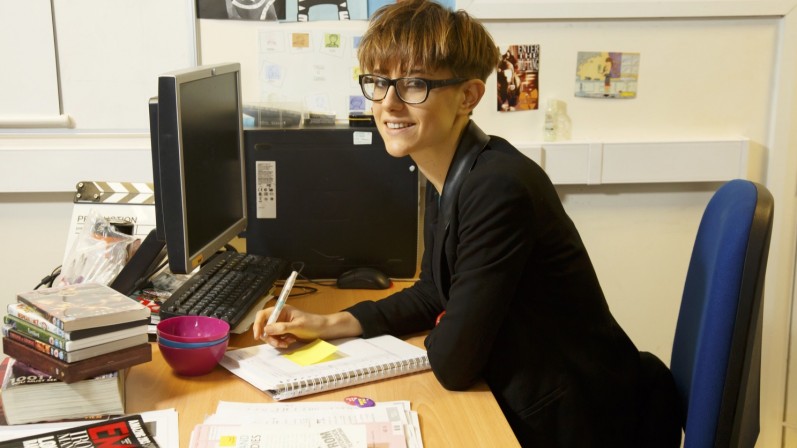Into Film Clubs
Find out everything you need to know about starting an Into Film Club.



F-Rated founder and Executive Director of FilmBath Festival Holly Tarquini will soon be speaking at the Into Film Festival before a screening of The Breadwinner, as part of the Year of the Woman: Empowered Voices strand.
In anticipation of this exciting event at the Bristol Watershed, Holly has written a fascinating piece on the gender gap in the film industry and the importance of the 'F-Rating' system she created in 2014.
It's no secret that gender inequality in the film industry is rife. Practices such as unequal pay and the underrepresentation of women, both on screen and behind the camera, have been lambasted by actresses including Jennifer Lawrence, Cate Blanchett and Geena Davis; there's even a name for it the ‘celluloid ceiling'. Until you sees the statistics though, you may not realise how heavily the balance is weighted against women.
In 2014 - the year I developed the F-Rating - only two of the top 100 films that came out of Hollywood were directed by women and just 12% had female protagonists. Women filled less than a third of speaking roles and an analysis of 2000 scripts showed they are generally given significantly less dialogue. Frozen is a great example; released in 2013, it's the first Disney film to have been directed by a woman (well, co-directed!) and features two sisters yet the male characters still spend more time talking than the female protagonists.
As Director of the FilmBath Festival I wanted to highlight the gender gap and give film fans an easy way of choosing films that represented some kind of equality. There are fantastic female writers and directors, and amazing stories about women on screen, but they tend to have lower budgets and have far less spent on promotion, so I invented the F-Rating to sit alongside a movie's usual age classification.
It is given to any film that meets one of two criteria: It must be written by a woman and/or directed by a woman. If the film also stars significant women in their own right then it receives a Triple F-Rating, our gold standard.
The F-Rating is an extension of the Bechdel Test - drawn in 1985 by the cartoonist Alison Bechdel - the cartoon describes three criteria a film has to meet: one it has to have two women on screen who two, have a conversation with each other about three something other than a man. It's amazing how many films fail this test!
The F-Rating is about promoting films that tell more diverse stories and more accurately reflect real life because often what we see on the big screen is unrealistic; for example 90% of single parents in the USA are women but on screen 90% are dads. I wanted to give audiences a way to vote with their feet. Much as the Fairtrade rating for coffee allows people to buy the one that supports farmers, the F-Rating gives people the ability to look at two films and choose the one that supports women in film.
I'm delighted that more than 80 cinemas and film festivals, as well as the biggest film website in the world, IMDb, have adopted the F-Rating. I'm also thrilled to be working with Into Film, which has added the F-Rating to its catalogue, and the Into Film Festival so that more young people become aware of the F-Rating and the reasons behind it.
My ambition for the F-Rating is that one day it becomes redundant that the stories we see on screen are told by women, people of colour, disabled people, LGBT people - people like us and about us.
Viewing 4 of 4 related items.

Get in touch with your article ideas for the News and Views section.